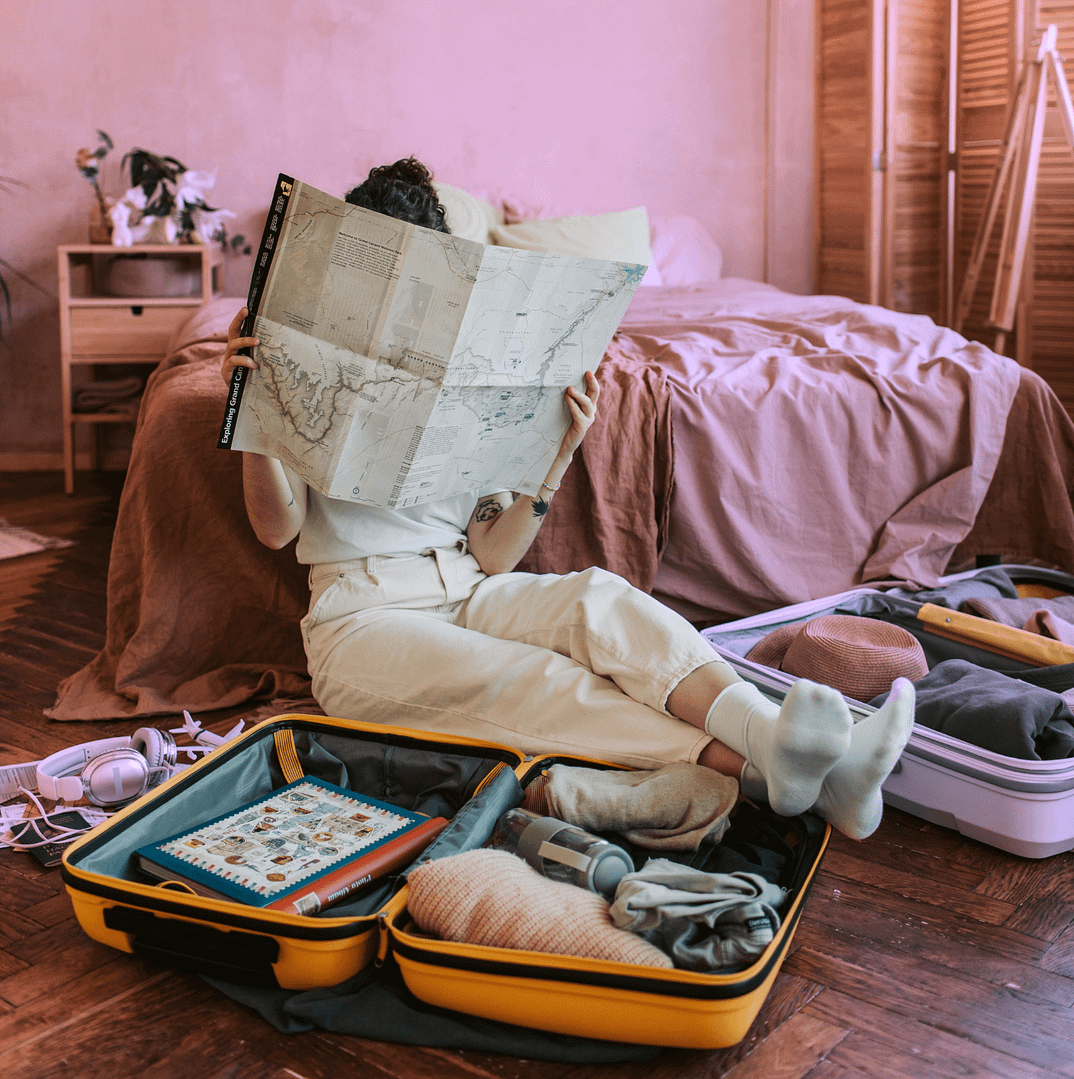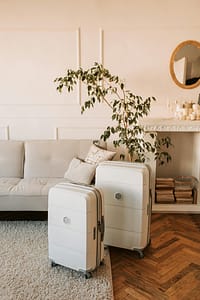
The Art of Packing Light: What You Really Need (And What You Don’t)

Overpacking is a rite of passage; let’s be honest. Only to wear the same two shirts repeatedly, we have all dragged about a heavy suitcase filled with “just in case” attire. But once you know how to travel light, you open up a whole new level of travel flexibility. No longer wrestling with inflated zippers or anxiously watching your overweight luggage teeter on the aircraft scale. Packing light means packing strategically with purpose—it does not mean sacrificing comfort or style. Particularly when you are traveling to a hot location, where bringing less will improve the quality of your trip.
Concentrating on what you will need, not what you might carry in a parallel universe, is the key to packing light. Breathable, moisture-wicking clothes should be your top priority if you’re traveling to a muggy location. Imagine light cotton, linen, or performance materials that let your skin breathe and dry fast. If that’s your style, consider ditching the jeans, as they’ll feel like a sauna after an hour. Instead, opt for a few mix-and-match items, such as tank tops, free shirts, lightweight trousers or skirts, and a breezy sundress.

Another category in which we frequently go too far is shoes. Two pairs are all you need for a humid environment: a dependable pair of breathable walking sandals or sneakers and a pair of flip-flops or slides for lounging or brief runs to the beach or market. Leave the bulky shoes and heels at home; they will take up space and cause your back needless pain.
Toiletries? Please keep it simple. Usually, hotels and hostels provide the essentials; you may always get necessities locally. That said, humid areas call for a few must-haves: good-quality sunscreen (humidity doesn’t prevent UV radiation), mosquito repellent (trust me, you’ll thank yourself), a travel-sized pack of baby wipes (ideal for refreshing), and anti-chafing balm or powder for those sticky afternoons. A little microfiber towel changes everything: it dries quickly, folds small, and is helpful for beach days or surprise downpours.
Your baggage can quickly go into the “why did I bring this? ” area with technology and gadgets. Every cable, charger, or camera lens is not required. Your phone, a small power bank, a single universal adapter, and perhaps a Kindle or a book if you read are fundamental requirements. A lightweight laptop or tablet will be enough if you are working remotely; don’t bring your entire desk.
Letting go of the “just in case” mindset is the most critical mental change when packing light. Five backup outfits or that third pair of sunglasses are unnecessary. Should you run out of something, you can probably locate it locally, and half the pleasure of travel is discovering local variants of daily necessities. Above all, packing lightly lets you move easily. You will dedicate more time to enjoying your surroundings and less time moving cargo. You will appreciate a bag that won’t weigh you down, whether you are boarding a tuk-tuk, grabbing a ferry, or walking across a damp, colorful market.
Ultimately, packing light is fundamentally the art of letting go. It concerns selecting simplicity over excess and mobility burden. It’s about having faith that you now possess everything you require; should you not, you will work it out. Travel is richer, easier, and infinitely more rewarding just from that attitude. Lay everything out before your next vacation, cut it in half, and only bring whatever supports your comfort and improves your experience. Your soul, your suitcase, and your shoulders would thank you.